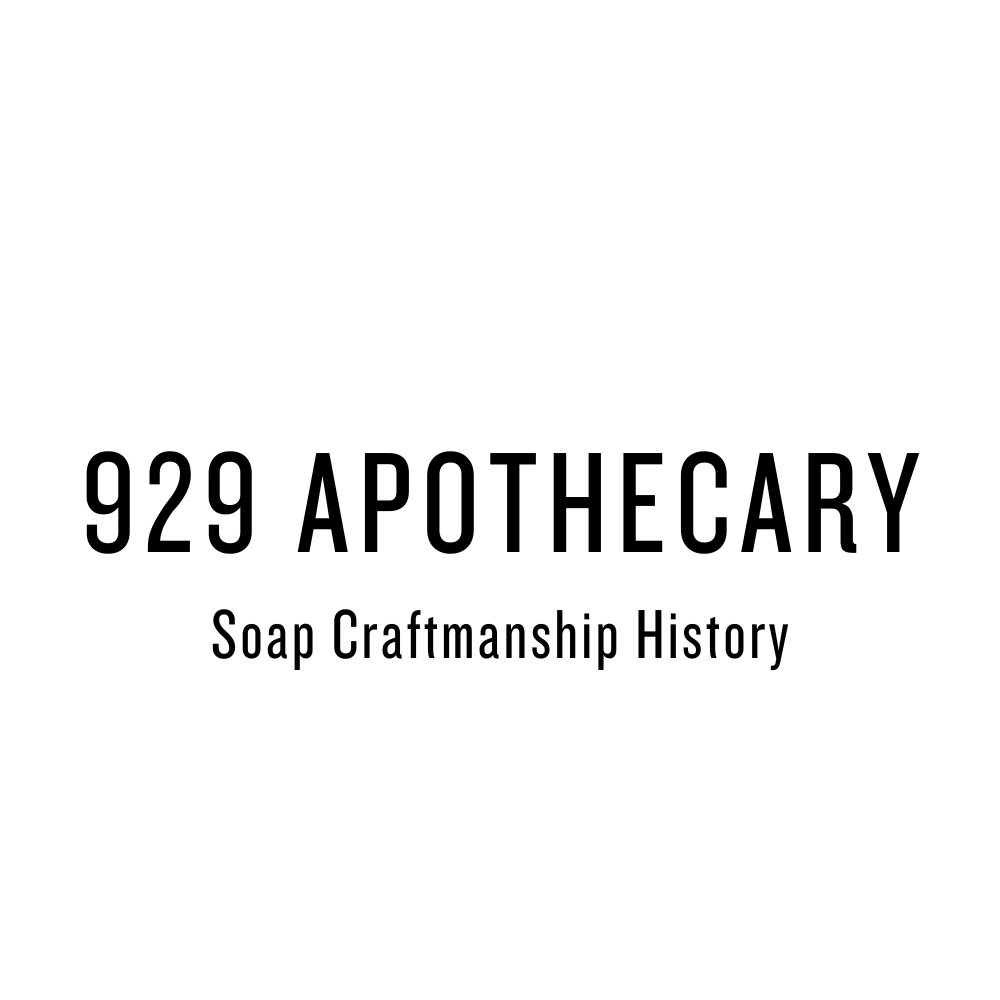The Timeless Art of Handmade Soaps: A Journey Through History and Craftsmanship
Handmade soaps, an art form steeped in history and tradition, offer a unique blend of natural ingredients, careful craftsmanship, and a touch of personalization that mass-produced soaps cannot match. This detailed blog post delves into the rich history of handmade soaps, their manufacturing process, the significance of ingredients like shea butter, their skin-friendly properties, usage tips, and their longevity.
A Brief History of Handmade Soaps
The history of soap dates back to ancient civilizations, with the earliest recorded evidence of soap-like materials traced back to 2800 BC in ancient Babylon. Historically, soap was made from animal fats, wood ash, and natural oils, following a basic saponification process. Over centuries, this process was refined and diversified, leading to the wide variety of handmade soaps we see today.
How Handmade Soaps are Crafted
Modern handmade soaps are typically created using the "cold process" method. This method involves mixing lye (sodium hydroxide) with water, and then combining it with oils or fats. The mixture is then poured into molds and left to cure for several weeks. This time-honored process allows for a high degree of customization in terms of ingredients and designs.
The Role of Shea Butter in Handmade Soaps
Shea butter is a popular ingredient in handmade soaps due to its moisturizing and nourishing properties. Rich in vitamins A and E, shea butter helps in soothing dry skin and improving skin elasticity. Its inclusion in soap recipes adds a luxurious creaminess and contributes to the soap’s hydrating qualities.
Why Handmade Soaps are Less Likely to Cause Breakouts
Unlike commercial soaps that often contain harsh chemicals and artificial fragrances, handmade soaps are crafted with natural ingredients that are gentler on the skin. They are free from sulfates, parabens, and synthetic detergents, making them a suitable choice for people with sensitive skin or those prone to acne.
Using Handmade Soaps Effectively
To maximize the benefits of handmade soaps, it is essential to use them correctly. Wet the soap and lather it in your hands before applying it to your body. Avoid letting the soap sit in water, as this can make it dissolve faster. After use, store the soap in a dry, well-ventilated area to prolong its life
Longevity of Handmade Soaps
The lifespan of a handmade soap bar can vary depending on its ingredients and how it is used and stored. Typically, a well-cured bar of handmade soap can last anywhere from several weeks to months. The key to extending its life is proper storage and usage.
Conclusion
Handmade soaps represent not just a cleansing product, but a legacy of craftsmanship and natural living. From their rich historical origins to the careful selection of skin-friendly ingredients like shea butter, handmade soaps offer a gentle, nourishing alternative to their commercial counterparts. Understanding how to use and store these soaps can significantly enhance their lifespan, making them a sustainable and health-conscious choice for daily hygiene.
In embracing handmade soaps, we not only care for our skin in the most natural way possible but also connect with a tradition that has been passed down through generations. The story of handmade soap is one of simplicity, purity, and a deep respect for the natural world.

